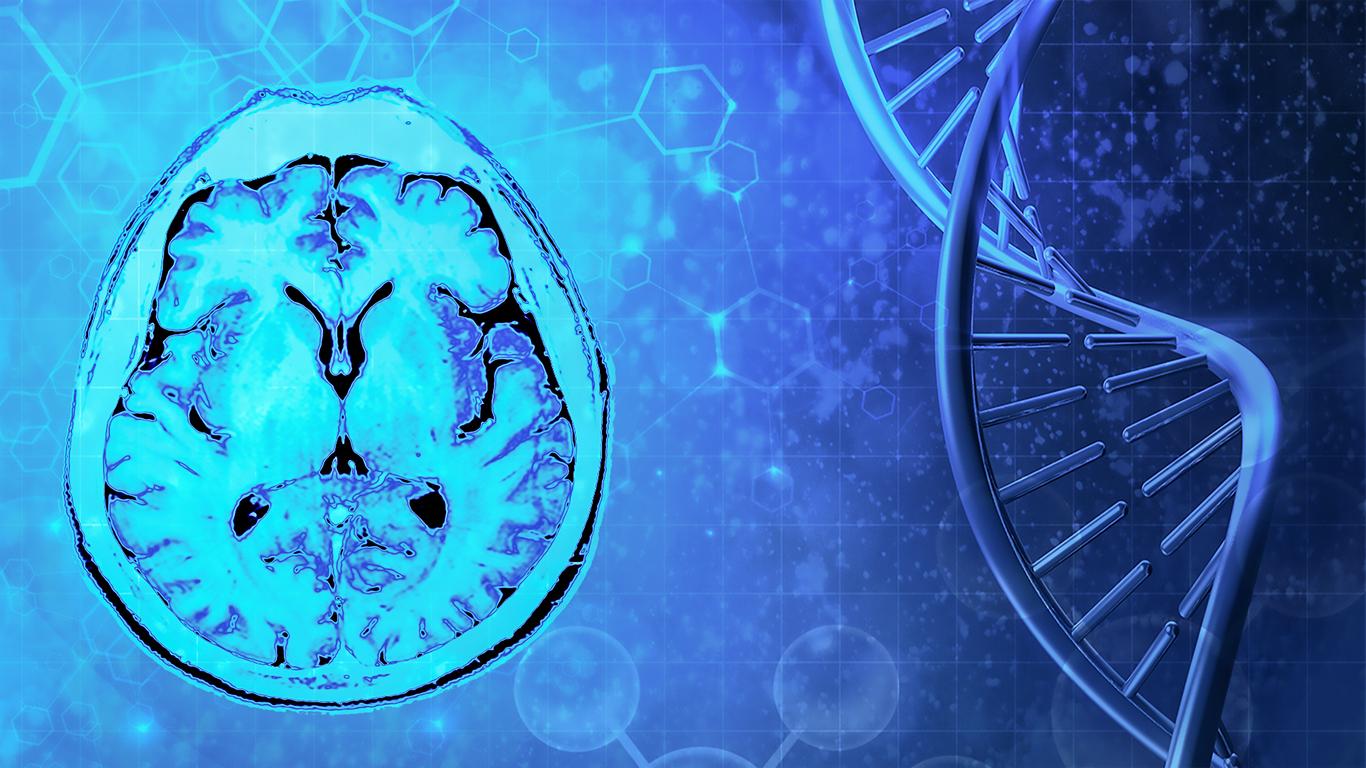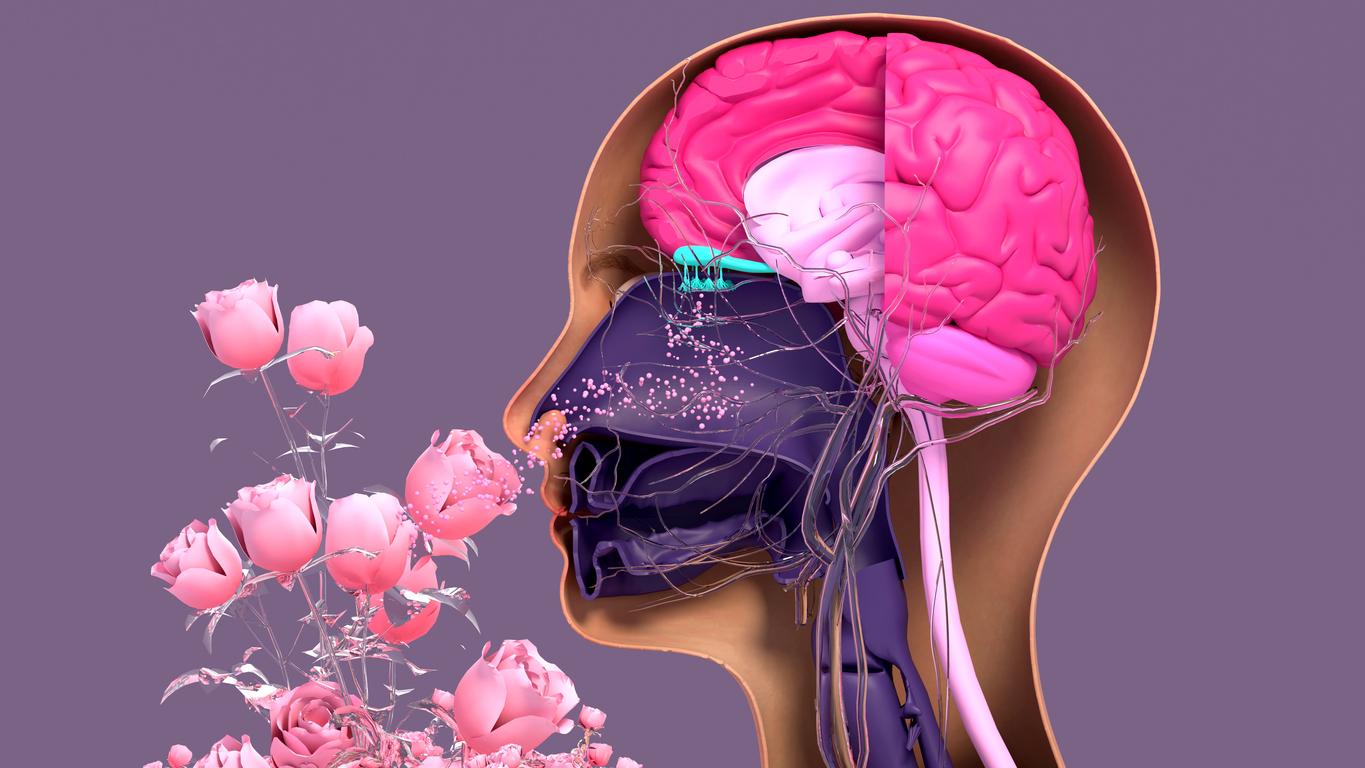A new study links Alzheimer’s to regular naps. Because the disease would directly attack the regions of the brain responsible for awakening during the day.

Worldwide, more than 35.6 million people are affected by Alzheimer’s disease and 7.7 million new cases are diagnosed each year. And these worrying figures are not about to diminish. According to the WHO, the number of patients should double every 20 years to finally reach 152 million in 2050.
While this affliction most often begins by manifesting as memory impairment, other brain functions are subsequently affected. Gradually, daily tasks become increasingly difficult and adapting to new situations almost impossible for patients. Also, studies are multiplying to try to identify the disease as early as possible. According to work published in the medical journal Alzheimer’s and Dementiafrequent naps are a warning sign.
If studies had already done the link between excessive daily sleepiness and Alzheimer’s, here, scientists from UC San Francisco in the United States have succeeded in providing a new biological explanation for the phenomenon. According to them, Alzheimer would directly attack the regions of the brain responsible for awakening during the day. These areas would be among the first victims of cognitive decline caused by the disease. The researchers linked this damage to the Tau protein, providing new evidence that it contributes more directly to brain degeneration than the more regularly studied amyloid protein.
“The brain has no way to compensate”
For their study, the researchers precisely measured pathology, tau protein levels and the number of neurons in three brain regions involved in wakefulness in the brains of 13 deceased Alzheimer’s patients and seven healthy subjects. They were thus able to observe that the diseased brains presented a significant accumulation of Tau in the three cerebral centers promoting wakefulness in which they were interested: the locus coeruleus (LC), the lateral hypothalamic region (LHA) and the tuberomammillary nucleus (TMN). ). These regions had also lost 75% of their neurons.
“Our work shows definitive evidence that the areas of the brain that promote wakefulness degenerate due to the accumulation of Tau – and not of amyloid protein – from the earliest stages of the disease”, welcomes Lea T. Grinberg, who conducted the study.
“It’s remarkable because it’s not just a single brain nucleus that degenerates, but the entire wakefulness-promoting network,” adds his colleague, Jun Oh, lead author of the paper. “That means the brain has no way to compensate because all of these functionally related cell types are destroyed at the same time.”
Understand why the awakening promotion network is so vulnerable
To draw comparisons, the researchers also studied brain samples from seven patients with progressive supranuclear palsy (PSP) and corticobasal disease (CBD), two distinct forms of neurodegenerative dementia caused by an accumulation of Tau. They thus realized that, despite similar levels of the protein, neurons promoting wakefulness were spared, unlike in people with Alzheimer’s disease.
“It seems that the wakefulness-promoting network is particularly vulnerable in Alzheimer’s disease,” says Oh. And to conclude: “We must now carry out more research in order to understand why”.
Today in France, nearly 3 million people are directly or indirectly affected by Alzheimer’s, according to the association France Alzheimer. Nearly 225,000 new cases are diagnosed each year and by 2020, France should have 1,275,000 patients, predicts the association.

.

















